Nisaka Munasinghe holds a Bachelor’s degree in Electrical Engineering from the University of New South Wales. Currently a Graduate in the Infrastructure Delivery team at Transgrid, Nisaka shares her experiences and insights into the dynamic world of infrastructure projects, and a day on site at a Transgrid substation in Victoria. Discover what she has learned in her role so far and what it’s like to contribute to the future of energy delivery.
15 November 2024
Q: What did you study in uni and what made you want to apply for Transgrid's Graduate Program?
I studied electrical engineering at UNSW and my thesis focused on how to improve the power engineering curriculum for a renewable energy future. In doing so, I was in contact with an engineer at Transgrid. After speaking with them and completing my thesis, I thought now is the perfect time to join a power engineering company. What drew me to Transgrid in particular was the large scale of the projects they dealt with, which is something I have not worked on before. There is a fair amount of greenfield work as well, like building new substations, which is great to see for someone just starting in their career.
Q: What's the coolest thing about your job?
The coolest part of my job, is being able to go to site and see construction of the new infrastructure that we build. Seeing it in person is definitely a worthwhile experience and something I would highly encourage to see at least once! Whether or not you are someone who likes to stay in the office or not. Travelling across that state is also a bonus - I feel like I get to see all NSW and it makes me realise how little I have seen of it to begin with.
Q: Do you have any advice for the new recruits and people that are considering joining our Graduate Program?
My advice to new recruits and anyone wanting to join the Grad Program is to take the time and really understand what you want to do once you have graduated and check whether the Transgrid graduate program will help you with that. You should actively think about it during your rotations as well. It doesn’t just have to be specific to the industry, it can also be what you want for your life for the next couple years (more time to spend with family after work, pursuing further education etc). I think the level of thoughtfulness can really set you apart from other candidates and will make your job of paving your career at Transgrid a whole lot easier.
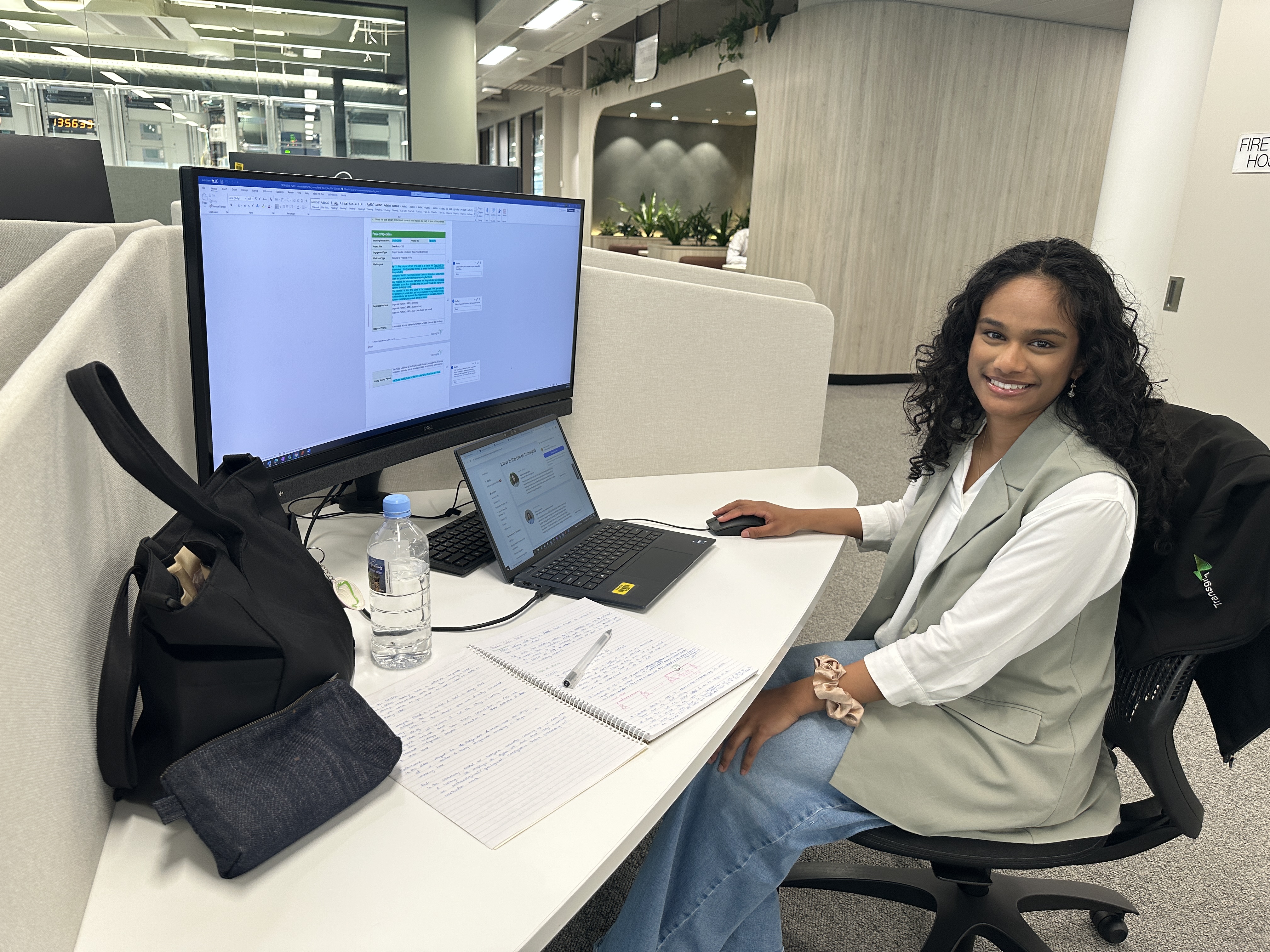
----------------------------------------------------------------------------------------------------------------------
This article has been adapted from Prosple, written by Nisaka Munasinghe in 2024 during her second grad rotation. Find more Graduate and Day in the Life stories on our Prosple page.
6.00 AM
I woke up early today and was greeted by my cat downstairs. But no time to mess around or else, I’ll miss my flight to Melbourne!
Today my manager, the project manager (PM) and I will be doing a site visit to Deer Park Terminal Station (DPTS), one of the few Transgrid substations in Victoria. My current graduate rotation is in Infrastructure Delivery, where we are responsible for delivering customer projects to meet Australia’s future energy demands. The projects are usually building infrastructure to allow customers (e.g. solar farms, wind farms, battery storage systems etc) to connect to our high voltage network. These projects also include other minor network modifications required by the customer, such as putting in a new transformer or repositioning transmission towers.
This is the non-prescribed part of the business, where Lumea, Transgrid’s contestable arm of the business, must bid and compete with other companies to do the work. Once the contract has been awarded to Lumea, our team is responsible for delivering the project.
For this project, the customer would like to connect 3 new zone substations to Deer Park Terminal Station. To support these connections and provide network stability, a new transformer must be installed.
The purpose of the site visit is to become familiar with the site, review the planned scope and information compared to the existing infrastructure, identify any key issues that may arise during the tender or construction works, and to gain a better understanding of the project. It also means wearing full PPE.
6.30 AM
The Uber picks me up and away we go. My flight changed to an earlier time, and I only found out when I woke up – so was quite stressed! Always plan your trip early.
7.20AM
Arrived at the airport and make my way to my gate (I checked in online). I got a quick breakfast – spinach and ricotta burek.
I would have flown with my teammates, but we all got split into different flights as our original booking was cancelled.
8.30 AM
Take off. We were meant to take off 15 mins ago, so I am slightly annoyed because this was supposed to be an earlier flight and we’d land later than we’re supposed to as well.
9.50 AM
Landed and met with my manager and the PM. We head towards our hire car to get to site. It takes so long waiting in line, but when we finally get to our car, we hit the road. It takes us 20 mins to get to site.
11.30 AM
Arrive at DPTS. First, we do a safety briefing outside the substation and then go inside to the Auxiliary Services Building (ASB) to read the Hazard Board – a must before starting any site visit.
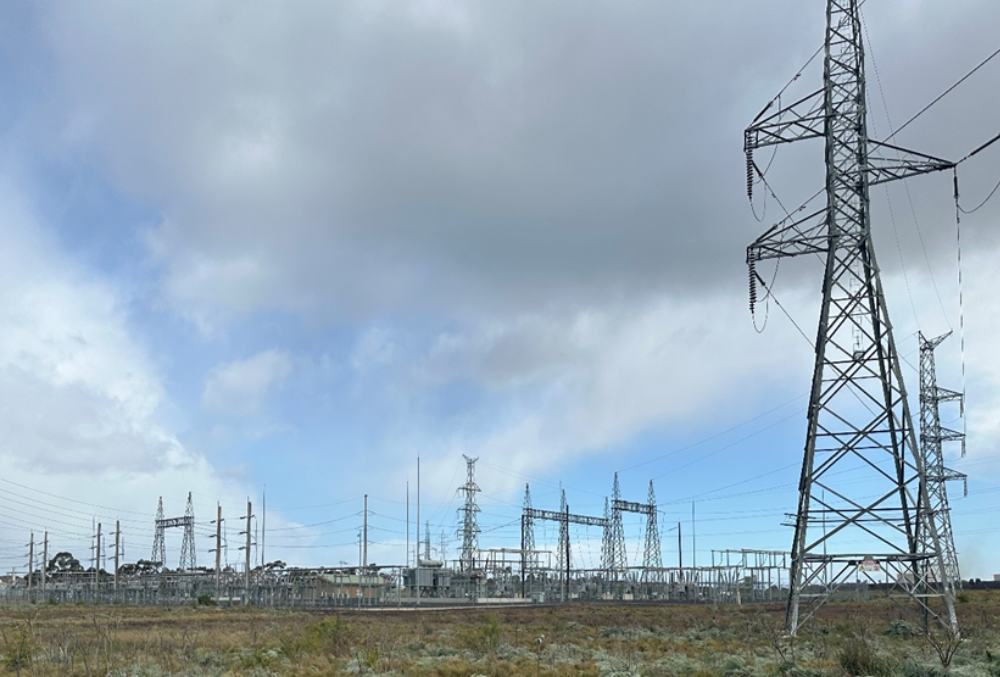
We then take a tour of the ASB figuring out space for the secondary equipment in our project.
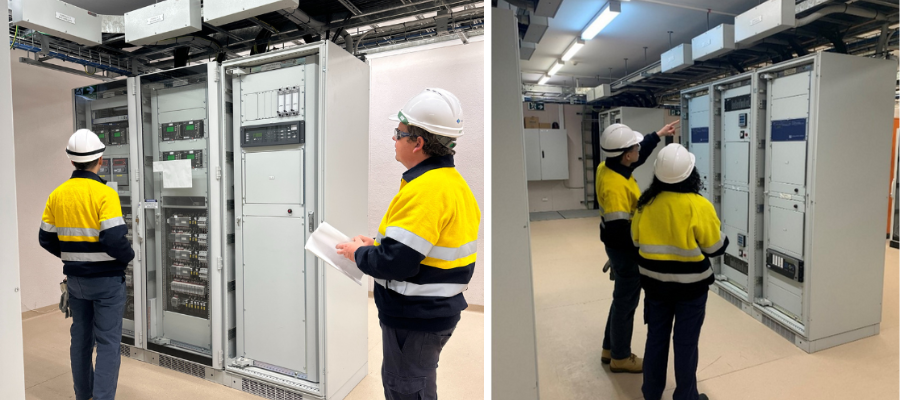
My teammates then explain to me how all of it works.
Then we went outside to look at the switchyard where all the high voltage equipment sits. We check the space again and what equipment the new equipment will interface to.
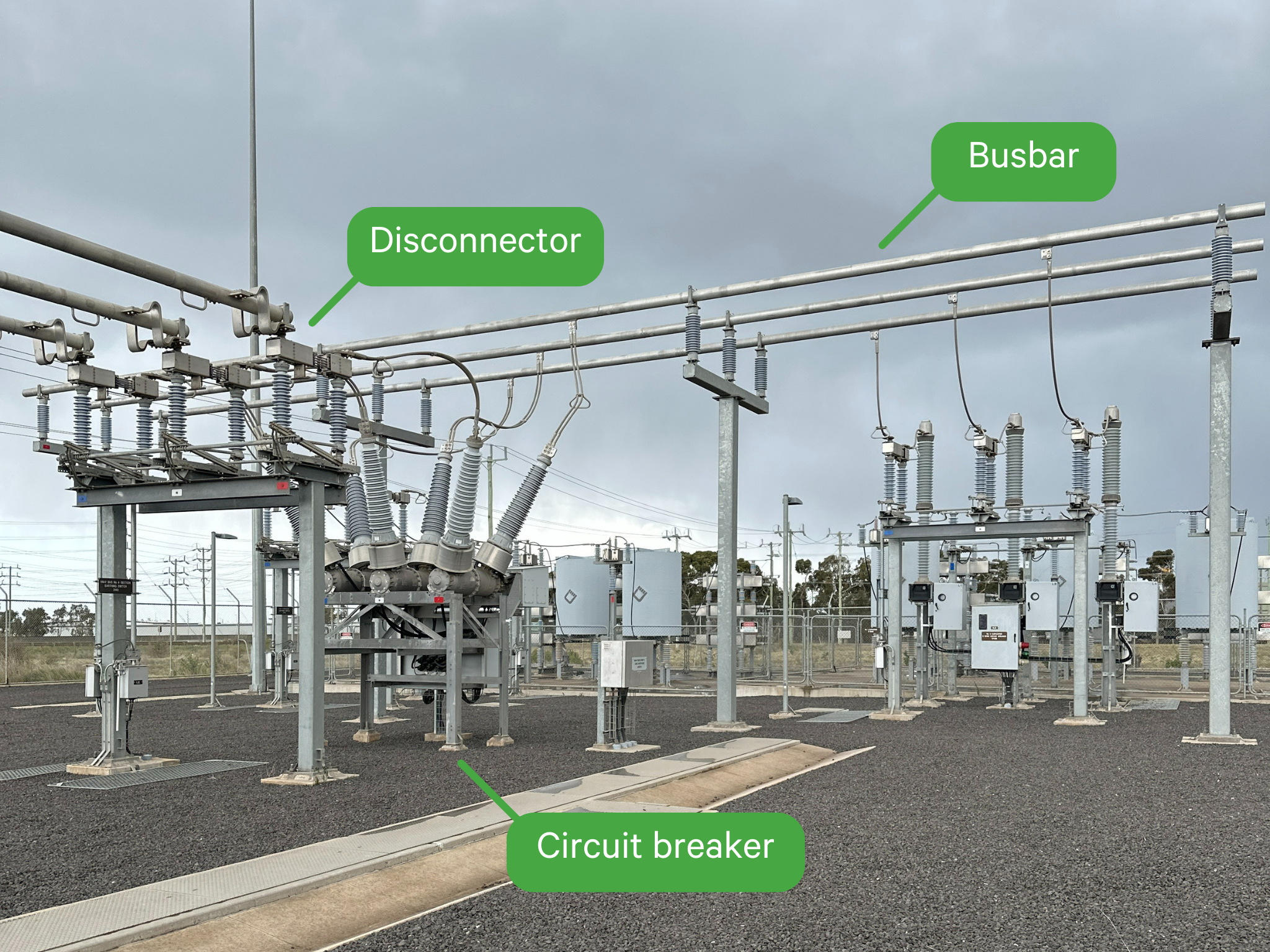
We then had a look at the transformers already there – the new one should have exactly the same specification. The PM then explained all the little details about a TX I didn’t know about.
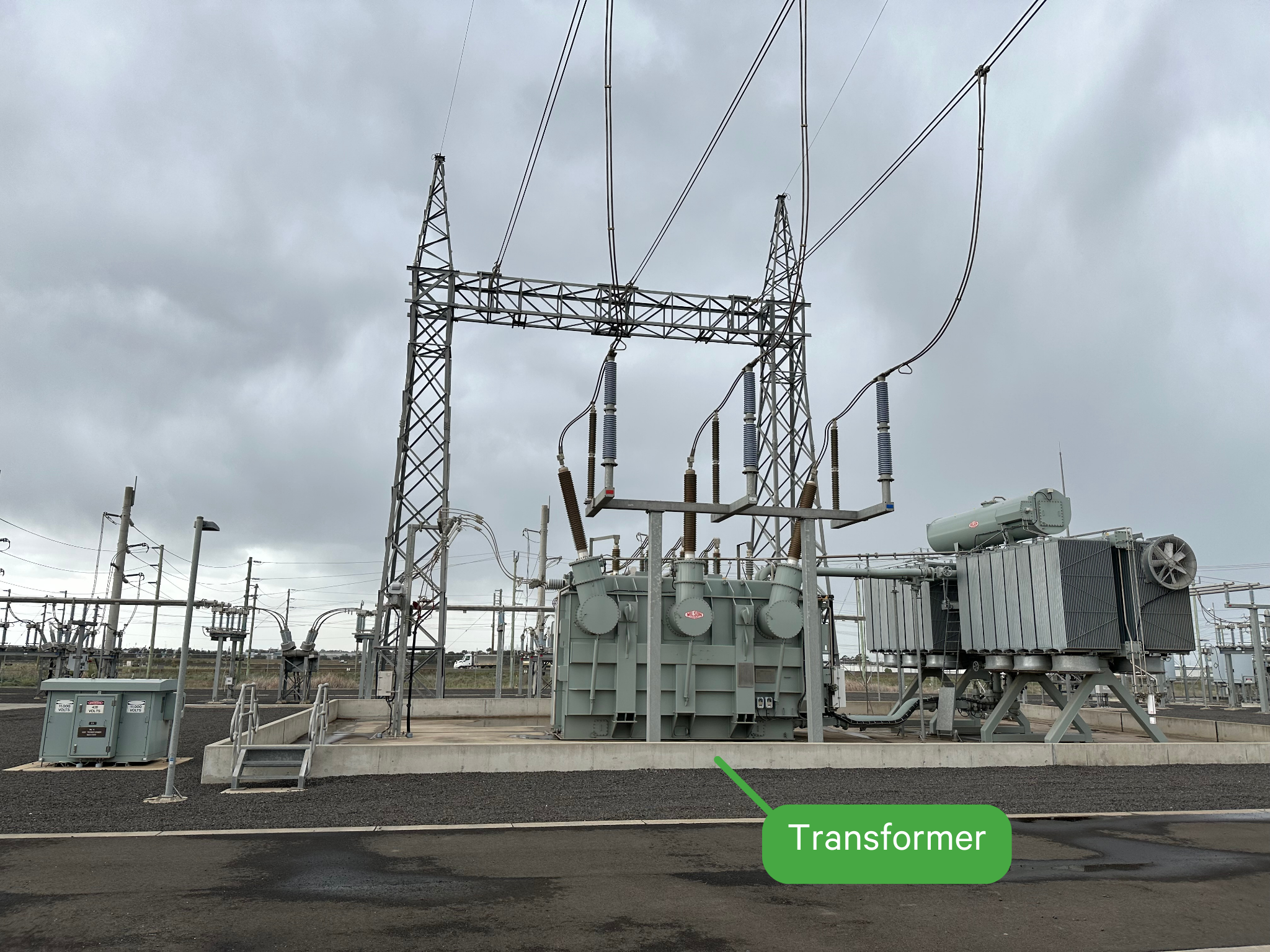
It was so windy and cold at the site! My fingers were frozen and it was hard to take notes on my phone like I usually do. And it was exceptionally hard weather to be looking at A3 print outs of diagrams. This is when the PM, and I were discussing the supply and install process for the TX which would be where we were standing, but the wind was so strong at that point, we couldn’t hear each other so we went back inside the ASB.
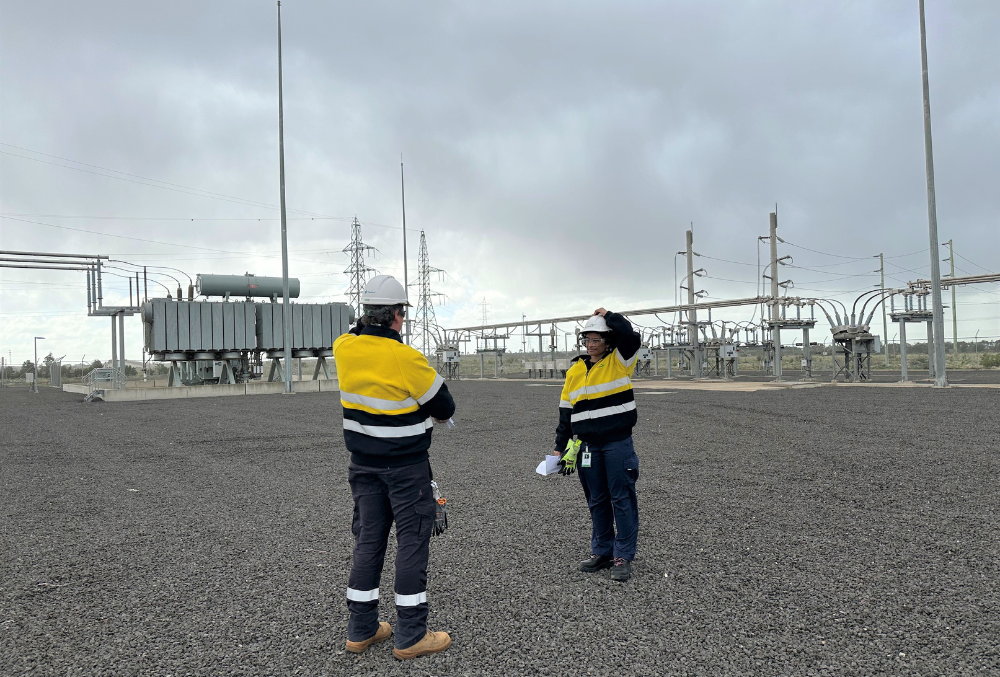
After learning a bit more about reactive plant and struggling in the weather, it was time to call it a day, even though I had more to ask and go through – but that’s for another time. Major lessons learnt today – always prepare for any type of weather (you can potentially work in extreme climates), have a plan for what you want to learn while on site, make sure you account for any delays from travel time during your trip!
1.25 PM
We made our way back to the airport, this time I drove.
4.00 PM
Take off! Homeward bound.
5.00 PM
Arrived in Sydney – quick flight despite the delay.
5.30 PM
Said goodbye to the teammates and got an Uber back home.
6.20 PM
Arrived home, took a much-needed shower and then checked the emails/messages I missed throughout the day (I’m too impatient to wait until tomorrow) and made a mental note of who/what to reply to the next day. I also read up on some material for an event I’m attending tomorrow and then take a nap
8.00 PM
Eat dinner
9.00 PM
I work on my many art projects I have picked up as hobbies to wind down before going to bed. Today is finishing off a crotchet koala while watching an episode of Gossip Girl.

10.00 PM
I play with my cat and then nod off (and maybe watched another ep of Gossip Girl) – was that a good choice? I won’t know until tomorrow, where it will yet again, be another busy day.
Visit Prosple for the full article and more, including reviews, advice, videos, and office tours!
